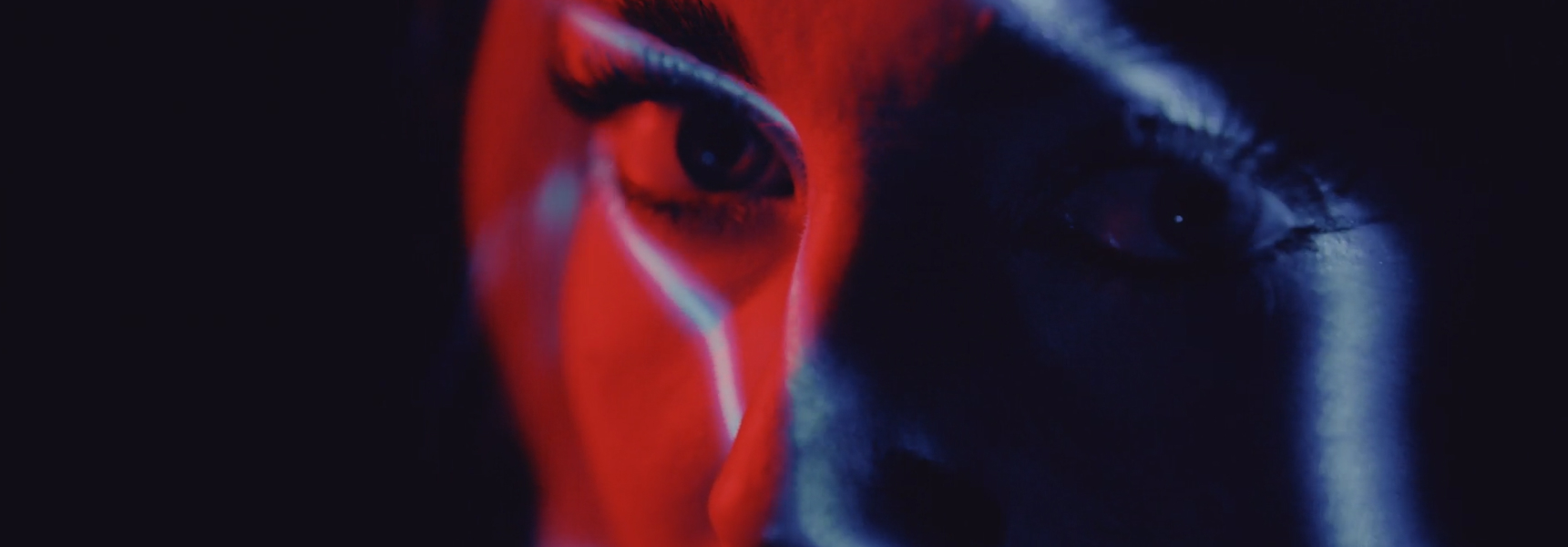In recent years, we have seen a noticeable shift towards lo-fi content on social media platforms. The scrappy, democratic approach to content creation was thought to have a more genuine and relatable feel. However, in recent months, we are seeing a comeback of more polished, cinematic visuals.
So, is lo-fi here to stay, or will our feeds soon be populated by aspirational, cinematic-style content? It’s hard to say without a crystal ball—however, we predict we’ll start to see both types of content on our feeds. So, let’s dive into why this is happening and how creators can tap into this trend.
Cinematic vs. lo-fi
Cinematic photography is known for its ability to create a feeling, tell a story, and capture emotions in a way that mimics the grandeur and drama of film. Traditionally, achieving such high-quality results required professional cameras and equipment. However, advancements in mobile technology have opened up new possibilities. The introduction of features like cinematic mode in smartphones has empowered even amateur photographers and videographers to produce content that stands out in the bustling digital landscape.
With its raw and unpolished aesthetics, the lo-fi trend has dominated platforms like Instagram and TikTok, offering authenticity and relatability. However, as the digital space becomes oversaturated with similar styles, content creators seek ways to differentiate themselves and capture audiences’ attention with higher-quality visual experiences. Cinematic mobile photography offers an antidote to the commonplace and allows creators to craft visually stunning narratives that can captivate and engage on a deeper level.
Why is cinematic trending again?
There are two main reasons why cinematic aesthetics in photography are back in bloom. Firstly, there’s a growing demand for high-quality content driven by the competitive landscape of social media platforms, where creators are constantly vying for viewers’ attention. As audiences become more discerning, the allure of cinematic quality as a way to stand out becomes increasingly effective.
At the same time, technological advancements in smartphones, such as improved sensor quality, higher resolution displays, and advanced software capabilities, have democratized high-quality video production, making it accessible to more creators. This technological shift has coincided with a cultural trend towards more narrative-driven content, where stories and visuals significantly engage audiences.
These elements have created an environment ripe for the cinematic approach to flourish. Creators are producing visually stunning and emotionally engaging content that captivates the audience’s attention in the fast-paced digital space.
Equipment for mobile cinematic photography
Level up your mobile photography to cinematic quality with these tools:
- External lenses: Attachable lenses, such as wide-angle or telephoto, can expand the capabilities of your smartphone camera, allowing for more dramatic and professional-looking shots.
- Anamorphic lenses: One of the most exciting developments in mobile photography is the introduction of anamorphic lenses designed specifically for smartphones. Companies like Moment have pioneered this technology, offering anamorphic lenses that allow mobile filmmakers to capture a wider field of view and achieve that iconic widescreen, cinematic look typical of Hollywood films. These lenses create oval bokeh and horizontal lens flares, which are staples in cinematic videography and enable content creators to produce footage that truly stands apart in quality and aesthetics.
- High-quality tripods and gimbals: These are essential for achieving stable, fluid motion and are particularly useful for long shots and dynamic scenes.
- Mobile apps for editing: Apps like Adobe Premiere Rush, Filmic Pro, or LumaFusion offer advanced editing features on mobile devices, including manual control over exposure, color grading, and more.
Win a mobile filmmaking kit worth over $2500
Take your filmmaking to the next level with the Moment x Artlist giveaway
How to enter:
Simply follow Moment and Artlist on Instagram for your chance to win.
The prizes:
Grand prize: Moment Ultimate Kit
- Case, Mobile Lenses, Filmmaker Cage, Filter Mount, 67mm VND Filter, and Artlist Max 1-year subscription.
Runners up: Moment Starter Kit
- Case, Mobile Lens, Filmmaker Cage, and Artlist Music & SFX 1-year subscription.
Techniques to try for a cinematic feel
Achieving a cinematic look with a mobile device isn’t just about having the right technology; it’s about understanding the techniques that can enhance the visual appeal of your content. Here are some practical tips to help you master cinematic mobile photography:
Understand lighting: Good lighting is crucial. Use natural light wherever possible and consider golden hours—shortly after sunrise or before sunset—for soft, diffused lighting that enhances textures and depth.
Use cinematic mode: Many modern smartphones have a “cinematic mode” or similar settings that allow for depth-of-field effects and focus transitions. Experiment with these features to add a professional polish to your videos.
Stabilization is key: Shaky footage can detract from the cinematic experience. Use a gimbal or tripod to stabilize your device when capturing video. Smooth, steady shots look more professional and enhance the storytelling by maintaining focus on the subject.
Composition and framing: Pay attention to how you frame your shots. Use the rule of thirds to create interesting compositions. Consider how the background interacts with your subject to add depth and context to your scenes.
Editing and color grading: Post-production is where you can truly transform your footage. Use mobile editing apps to adjust color balance, contrast, and saturation to mimic the tone and mood of the film.
Wrapping up
As the digital landscape evolves, cinematic mobile photography is becoming an increasingly popular way for creators to distinguish their work and engage more deeply with their audiences. Content creators can transform everyday moments into compelling visual stories that resonate and inspire by using advanced smartphone features, additional tools like anamorphic lenses, and mastering cinematic techniques. As we continue to see innovations in mobile technology, the gap between professional cinematography and mobile content creation narrows, promising a future where cinematic quality is accessible to all.
Did you find this article useful?








